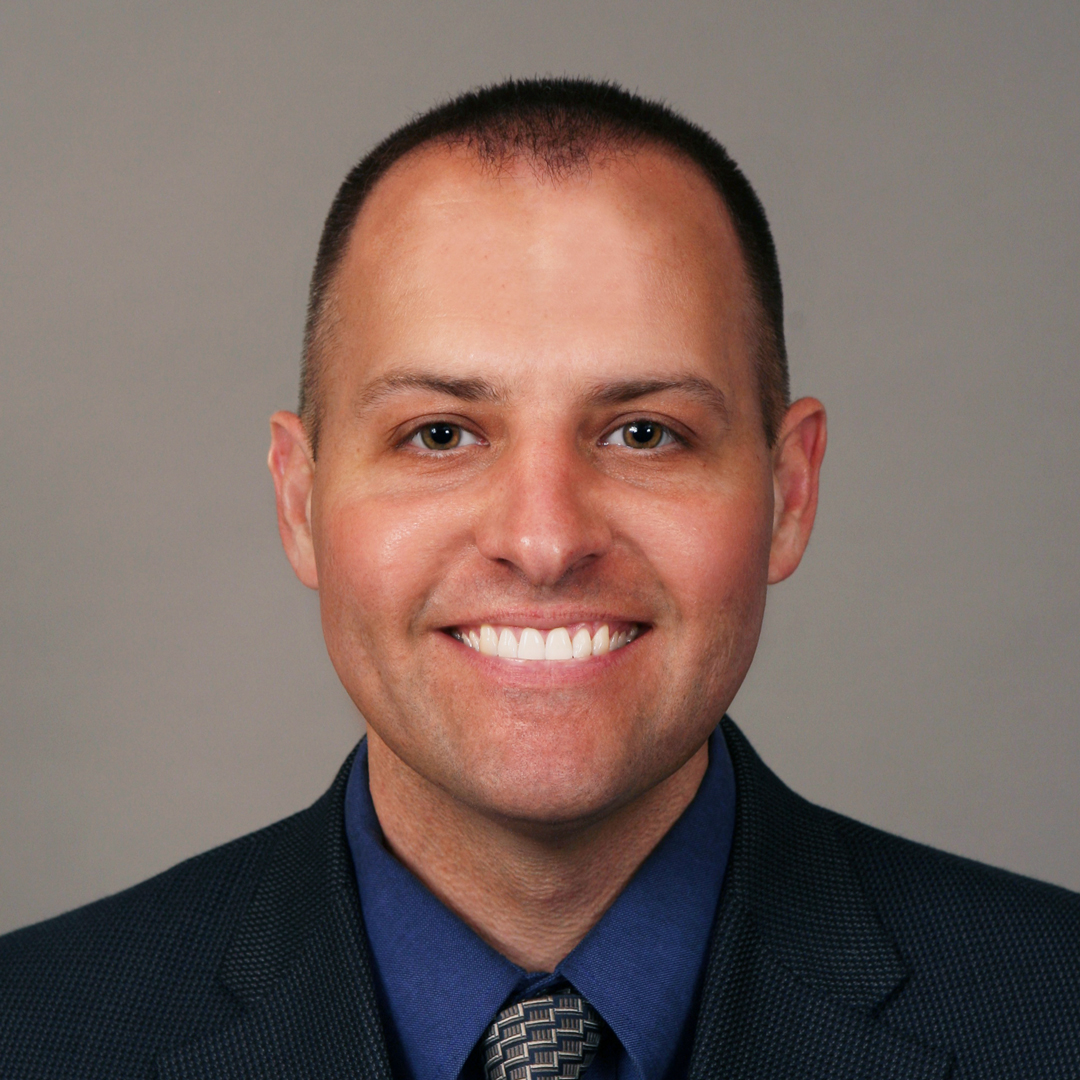Craig Mundy has walked a fortuitous career path to his current position as vice president of human resources, strategic business units at international manufacturing heavyweight Ingersoll Rand. Mundy’s first career experience came from a small family-owned geotechnical environmental engineering firm where he was in charge of not just HR, but accounting as well.
“I had a unique start in that I had a good sense of how business works, especially the financial part of it, before deciding to go to a larger company,” Mundy says. Mundy’s thirty years of experience is impressive not just in its longevity, but in its breadth. He recently leveraged that experience into a year-and-half project at Ingersoll Rand that focused on helping those rising through the ranks to better define their own career paths.

What ultimately became known as Career Progress started over three years ago when Mundy was still in the enterprise learning and talent management role. “We started looking at a compensation project where we were going to look at potentially going from a standard grading system to broad bands,” Mundy says. “Our CHRO, working with our head of total rewards, said, ‘If we’re going to take this on, let’s not just look at the career framework side, let’s look at the career management side, too.’”
Mundy and the head of total rewards teamed up to begin charting Career Progress in the form of two buckets: career framework and career management. “From the career framework standpoint, we had maybe twenty-eight or twenty-nine job grades for all of our salary positions. When we were done, we had seven broad bands for the entire organization,” Mundy says. “The intent there is to create a more flexible framework that allows an employee to focus on their career development and career advancement and think about the experience they need to achieve their definition of career success.”
The career management component was an entirely separate beast. “We don’t know the exact number, but we had something around 7,000 distinct job descriptions in the company,” Mundy says. “We took on what was the near impossible task of saying ‘Can we reduce that to a much lower number of roles that suit what we’re trying to accomplish, and can we create detailed success profiles for each role?’”
Mundy and his team were able to radically reduce the number of job descriptions by defining multiple similar jobs by core competencies and not simply by title. “You might have anywhere from two to eight jobs within a role family,” Mundy says. Those 7,000 job descriptions now sit at around 800 defined roles.
Even more importantly, in partnership with the firm Fuel50, Mundy’s team helped create My Career Navigator, an online platform for employees to examine their own career planning. Each position in the company includes feeder roles in and out, so employees are able to more accurately plan their own trajectory accordingly. “Before this, if an employee went to five leaders with a question about career advancement, they’d probably get at least three different answers,” Mundy says. “We’ve been able to create some consistency around how one can succeed in our company.”
The “near impossible” task took HR around a year-and-half. “It was hundreds and hundreds of sessions…a huge endeavor that I don’t wish on anyone to go through again,” Mundy says with a laugh. “But it’s fantastic and critical that we have it.”
Mundy says that one of the key components he’s found in HR is that maintaining a mind-set of the function as an evolution means not waiting for perfection. “With this project, it was important to think about hitting the 80/20 rule and realizing you can use continuous improvement after the fact,” Mundy says. “If I would have waited for perfection, we never would have rolled it out.”
“If you play it safe your entire career, safe is where you’ll end up.”
Regardless of its imperfections, the rollout has been an unmitigated success. “We have set targets for how many employees and leaders have used My Career Navigator. We’re on track with around 80 percent of our salaried professionals having logged in so far.” That’s big news for HR, which has a goal of 95 percent of all salaried professionals having an official career development plan on file. “It was less than 80 percent when we started,” Mundy says. “We beat that 95 percent every year now.”
Mundy says the disconnect that used to occur between management and employees regarding career advancement has largely become more of an anomaly than a regularity. “There’s enough process and rigor around development planning not only in current roles but in development planning from a career standpoint,” he says. In short, from beginning to end, everyone is on the same page.
When it comes to his own career planning and advice after nearly thirty years of professional experience, Mundy says that one who is intent on making progress should never shy away from stretch assignments: “If you play it safe your entire career, safe is where you’ll end up.”

